Text

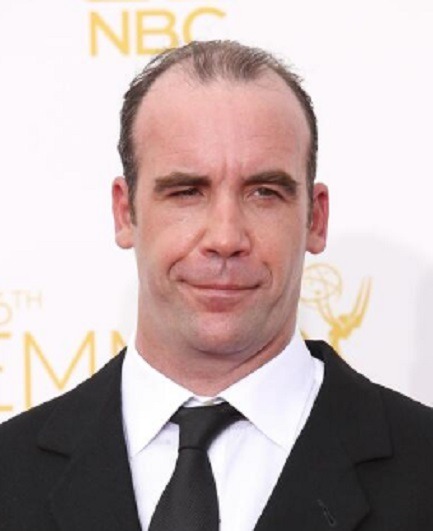
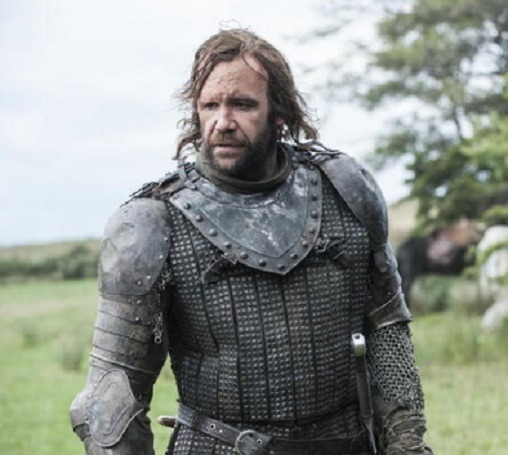
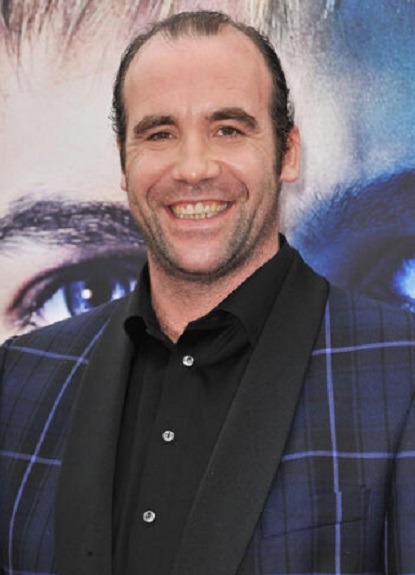



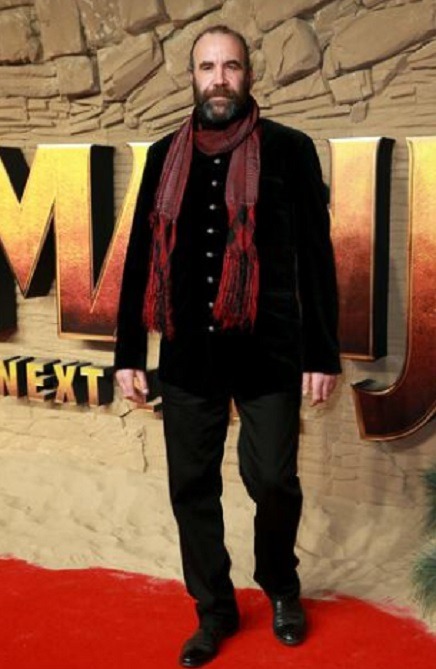
Happy Birthday Scottish actor Rory McCann born 24th April 1969 in Glasgow.
Six foot six inches tall, with brown eyes and dark hair, Rory McCann began his working life at the top - as a painter on the Forth Bridge. He came to notice in a television commercial for Scotts' Porage Oats, in which he appeared as a scantily-clad hunk in a vest and kilt and little else wandering snowbound streets but warmed by the inner glow of the porage. He claims that as a consequence he was often approached by people demanding that he "lift his kilt", I can quite believe that as who out there among us has never had that asked of us?
In 2002 he was seen in the TV comedy-drama 'The Book Group' playing a wheelchair-bound lifeguard, a part for which he won a Scottish BAFTA award for the best television performance of 2002. Since then he has taken television roles as Peter the Great and a priest in 'Shameless'. He made his Hollywood debut in Oliver Stone's 'Alexander'. Rory has never been in Taggart but did appear in another well known Scottish show, Monarch of the Glen.
Of course the role he is most famous for is, apart from the porage ads,that of Sandor "The Hound" Clegane in the popular Game of Thrones.
Film role have included, Beowulf & Grendel, Hot Fuzz and xXx: Return of Xander Cage
Rory used to be the frontman of a defunct band called Thundersoup in the early 90s. In 2017 he made a musical appearance as the drummer of Texas, a Scottish rock band, in their music video of Tell That Girl. He also plays the piano, banjo, guitar, and Mandolin.
Rory divides his time between homes in London and Glencoe, eh hates technology and loves being cut off and is known for living a solitary, transient lifestyle, he describes himself as such "I'm a man's man. I go out climbing and live outdoors." He used to solo rock climb and broke multiple bones in a near-fatal rock climbing accident in Yorkshire when he was 21. And ladies he is single, he says "I don't have a mortgage, I don't have a wife and I don't have kids, so I'm quite happy bumbling along."
I have found hat he mentioned a wife to someone in a bar in England last year, saying she set up his social media account as he wasn'ttechnically minded. Rory is normally quite a private person and I can find no evidence that he is actualy married, so who knows!
In 2019 Rory was seen in the Jumanji movie with fellow Scot Karen Gillan. In 2022 he became the narrator of the ITV1 series DNA Journey., We last saw him in the film Jackdaw a british action thriller set in North East England. He has a couple of projects ready for release, The Damned set in Iceland, and voice in a new animated mini series Knuckles, based on the video game Sonic the Hedgehog.
15 notes
·
View notes
Text

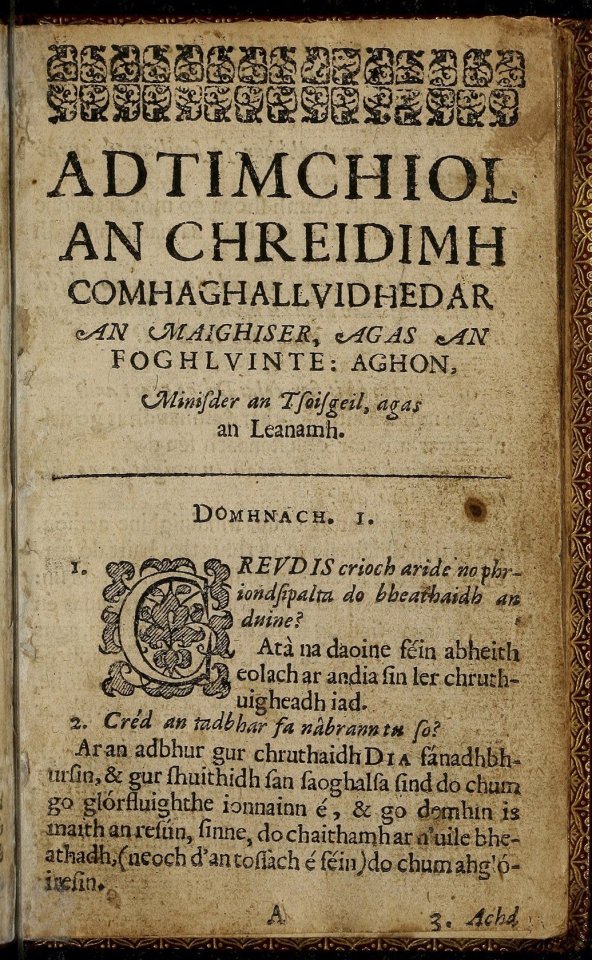
April 24th 1567 saw the first printed book in Gaelic published in Edinburgh.
The Book of Common Order, the standardized liturgical text for the Reformed Church in Scotland, was translated by John Carswell and became the first book to be printed (on a printing press) in any form of Gaelic. The work was done under the patronage of the Earl of Argyll, to whom the book was dedicated. The translation was made into the literary language, Classical Gaelic, rather than a vernacular dialect, in order to make it as accessible to the élite of the pan-Gaelic world.
Here is a little poem that Master John Carswell made for this very little book:
§ 1. Go forth on your course, o little book, to Úa Duibhne [Campbell of Argyll], as soon as you are taken off of the printing press: may he enjoy success in his residence.
§ 2. After that, traverse in a careful, refined manner throughout the lands of Scotland, but since there is no need for you there, do not venture a step into the land of the Gall [Lowlander].
§ 3. After that, travel over the ocean wave to the land of Ireland of the generous soil: although the [religious orders of] Brothers think little of you, move westwards within their sight.
§ 4. Every seanchaidh [historian] whose lore is pure, every man of art [i.e., the literati] who does not submit himself to falsehood: form friendship between yourself and them, o little book, to last until death.
§ 5. There is no cause to fear any person of the race of Adam who loves Truth; make your nest amongst those people; go forth, o little book.
Only three copies of it survive they are in the Edinburgh University Library, British Library and Pierpont Morgan Library in New York.
9 notes
·
View notes
Text

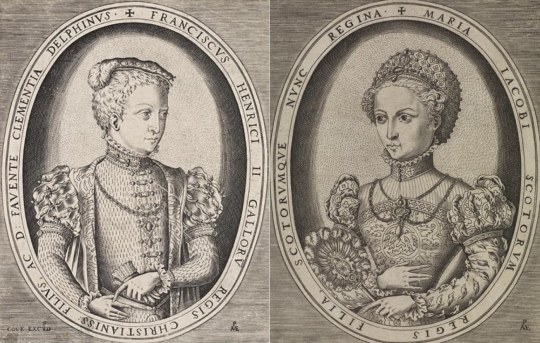
24th April 1558 saw Mary Queen of Scots marry the French Dauphin, François de Valois, at Notre Dame in Paris.
In 1548 five-year-old Mary was sent to her grandmother Antoinette of Guise in France, where her Scottish entourage was considered appallingly barbarous and swiftly got rid of, she was then brought up as a Catholic Frenchwoman.
French became her first language, she always called herself Marie Stuart and she loved dancing and hunting. She grew up delightfully charming, graceful and attractive, the French fell in love with her and Henry II of France resolved to marry her to his son and heir, the sickly dauphin Francis.
A marriage treaty was signed with the Scots, which provided that Scotland and France should eventually be united under Mary and Francis as one kingdom. There were also secret agreements, which the youthful and inexperienced Mary signed, that would have made Scotland a mere adjunct of France.
Mary was fifteen and Francis fourteen when they were married on this day in 1558, with spectacular pageantry and magnificence in the cathedral of Notre Dame, Paris, by the Cardinal Archbishop of Rouen, in the presence of Henry II, Queen Catherine de’ Medici, the princes and princesses of the blood and a glittering throng of cardinals and nobles.
The Duke of Guise was master of ceremonies. Mary in a white dress with a long train borne by two young girls, a diamond necklace and a golden coronet studded with jewels, was described by the courtier Pierre de Brantôme as ‘"a hundred times more beautiful than a goddess of heaven … her person alone was worth a kingdom.’ The wedding was followed by a procession past excited crowds in the Paris streets to a grand banquet in the Palais de Justice with dancing far into the night.
Mary became Queen of France when Henry II died the following year, but Francis died prematurely in 1560. Whether the marriage was ever consummated is uncertain. Mary’s mother also died in 1560 and it suited the French to send her back to Scotland and claim that she was the rightful queen of England as well.
She would eventually meet political and romantic disaster in Scotland, enduring years of imprisonment in England where, too dangerous a threat to Elizabeth’s throne, Mary was executed in 1587, at the age of forty-six.
14 notes
·
View notes
Text

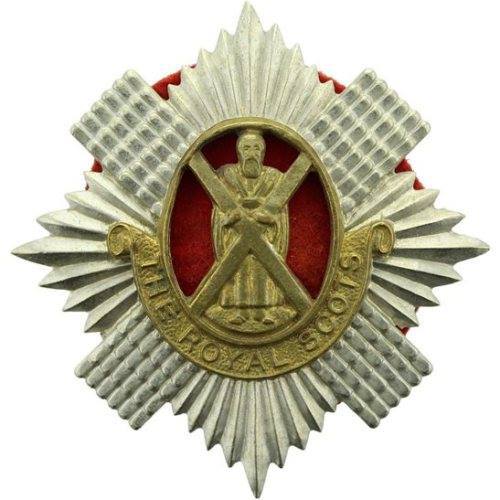
On 24th April, 1633, a regiment of 1200 men was raised by Sir John Hepburn which ultimately became the Royal Scots.
Charles I issued a Royal Warrant in 1633 for Sir John Hepburn to raise a Scottish Regiment to serve in France as Garde Écossaise; the bodyguard of King Louis XIII and the Regiment went on to serve during the Thirty Years War , losing three Colonels in various actions in 38 years.
Due to the Royal Warrant the Regiment remained part of the British standing Army and could be recalled to Britain at any time Itemained in France during the turmoil of the civil war and was not recalled until 1661, following Oliver Cromwell’s death in 1658 and the abdication of his son as Lord Protector in 1659.
After the first elections in 20 years, Parliament was reformed and proclaimed Charles II as King and invited him to return to England from exile in 1660. In 1661 the Regiment was finally recalled to plug the gap between the disbandment of the Cromwell’s New Model Army and the creation of a Regular Army, in which the Regiment became the model for all other units.
The Royal Scots Museum is situated in Edinburgh Castle.The Museum is a private one and is financially dependent on voluntary contributions.
The story of the Regiment is explained in chronological order on pictorial wall panels supported by maps, display cases, tableaux and dioramas. The medal collection is too large to be openly displayed and therefore only a selection is on view. The remainder is mounted in drawers which can be opened on request. Also to be seen are collections of silver, sets of drums and old colours. Other interesting features of the Museum are the descriptions given of contemporary life in the Army and the overhead panels which show significant national and world events of the relevant period.
The Royal Scots were merged with other Scottish regiments in 2006 to form the Royal Regiment of Scotland..
6 notes
·
View notes
Text

Good Morning from Scotland 🏴
Sunrise at St Abbs 📸jonnybraban_ on Instagram
24 notes
·
View notes
Text


Chris knows when I'm going out and has taken to guarding the door to stop me leaving.
34 notes
·
View notes
Text
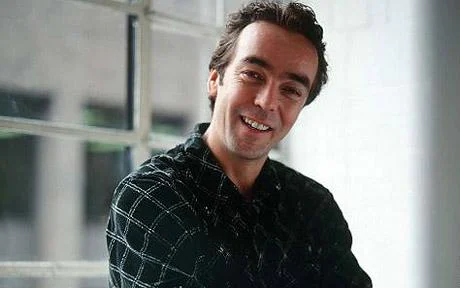




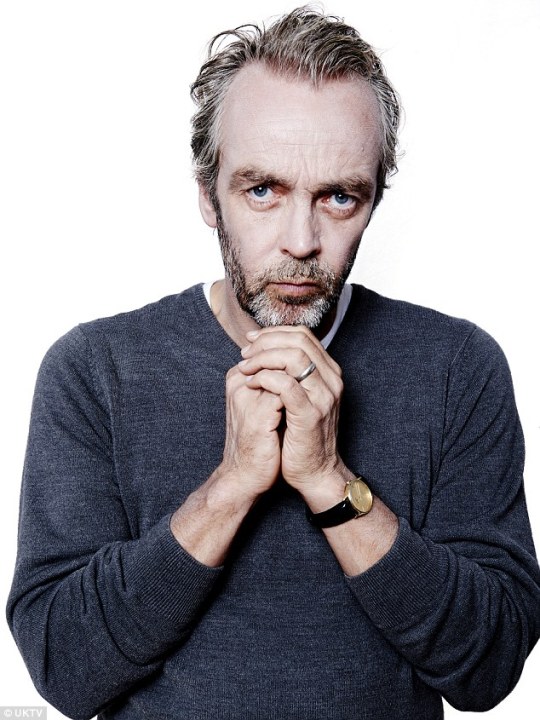

Happy Birthday John David Hannah born 23rd April 1962 in East Kilbride.
Hannah attended Heathery Knowe Primary School then Claremont High School in East Kilbride and on leaving school was an apprentice electrician for four years. He gave up his work as an electrician after being accepted to the Royal Scottish Academy of Music and Drama in Glasgow.
After a few years cutting his teeth in TV shows likeThe Bill, Boon and of course Taggart, Hannah finally got his ‘big break’ when he was cast as Matthew in Four Weddings and a Funeral, since then he has made a name for himself on both stage and screen. His most notable roles have been as Quintus Lentulus Batiatus in the American television series Spartacus, Rutger Simon in Damages and Jack Roper in New Street Law, film roles include the two “Mummy” movies, Tam McGraw in The Wee Man and James Hammerton in Sliding Doors. John also helped Edinburgh Zoo celebrate its centenary in 2013 by narrating a BBB documentary on the tourist attraction's history, getting up-close-and-personal with the zoo's furry residents by launching a newly refurbished koala enclosure.
Hannah was in the Slovakian film The Auschwitz Report in 2021, based on a true story it is about two prisoners of the infamous Extermination camp who manage to escape with details about the camp's operation including a label from a canister of the pesticide Zyklon-B.
More up to date he was in an excellent episode ofrthe hit series, post apocalyptic series The Last of Us in 2023. he also appeared in the most recent series of Black Mirror set in Scotland. called Loch Henry about a young couple travel to a sleepy Scottish town to start work on a genteel nature documentary - but find themselves drawn to a juicy local story involving shocking events of the past.
Look out for David in his latest movie, Damaged, which he costarswith Hollywood A-ist actor Samuel L Jackson, this too is filmed in several Scottish locations across the Edinburgh area. We see the Royal Mile, Edinburgh Castle, Calton Hill, the Forth Road Bridge and several other local spots like Bathgate and Livinston in the trailer, Gianni Capldi is also in the film.
He has several other projects on the go, so is not short of work.
21 notes
·
View notes
Text

Good Morning from Scotland 🏴
Loch Beinn a'Mheadhoin, Glen Affric at sunrise
📸everydayisamountain/Lee on Instagram
37 notes
·
View notes
Text

West Bow last night
50 notes
·
View notes
Text
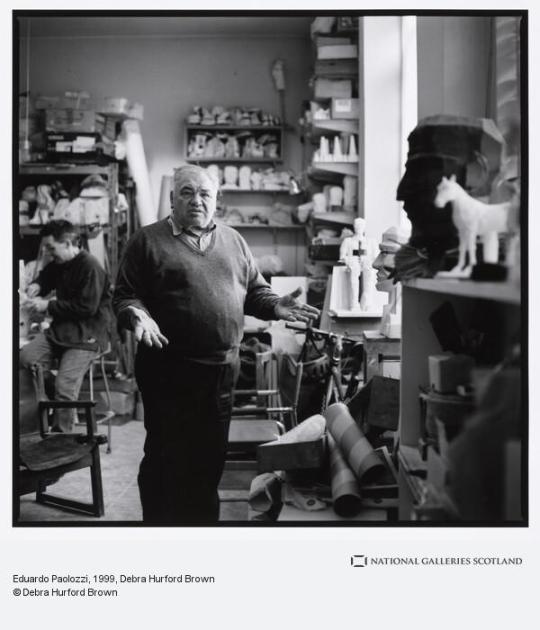





April 22nd 2005 saw the death of the sculptor and artist Eduardo Paolozzi
Paolozzi’s Italian parents ran a small ice cream parlour in Leith, in June 1940, when Italy declared war Eduardo was interned (along with most other Italian men in Britain).During Eduardo’s three-month internment at Saughton prison his father, grandfather and uncle, who had also been detained, were among the 446 Italians who drowned when the ship carrying them to Canada, the Arandora Star, was sunk by a German U-boat.
There is little online about his internment and you wouldn’t have condemned him if he decided to leave Scotland after his release, the words of a Proclaimer’s song always springs to mind when I read about Eduardo Paolozzi, and other Scots=Italians:
Joseph D'Angelo dreams of the days
When Italian kids in the Grassmarket played
We burned out his shop when the boys went to war
But auld Joe's a big man and he forgave all
By the time Eduardo was released it was 1943 and he began attending Edinburgh College of Art before moving to London and feigned madness to secure his release from army duties in order that he could study sculpture at the Slade School of Fine Art from 1944 to 1947.
Paolozzi is widely considered to be one of the first Pop artists and created many collages including the famous ‘I was a rich man’s plaything’ in 1947, which was the first artwork to feature the word ‘Pop’ in it.
After a spell in Paris he returned to London and moved into a studio in Chelsea and by the 1950s was establishing himself as a surrealist artist through a series of screen-prints, pioneering the technique in which each print can have a separate colourway, predating Warhol’s famous prints of the same nature by four years.
In 1968 Paolozzi taught sculpture and ceramics at the University of California, Berkeley. He worked in Berlin from 1974, and was Professor at the Fachhochschule in Cologne from 1977 to 1981. He also later taught at the Akademie der Bildenden Künste in Munich.
Paolozzi might have spent many years away from his home town of Edinburgh but didn’t forget it, he donated a great deal of work to the Scottish National Gallery, who have since displayed a reconstruction of his studio and a large body of his work in the Dean Gallery.
If you have wandered around Edinburgh and visited St Mary’s Catholic Cathedral you will have come across Eduardo Paolozzi statues, “Manuscript of Monte Cassino” which comprises a giant foot and matching hand and ankle. The work was a gift to the city by entrepreneur Tom Farmer, the work is found outside St Mary’s RC Cathedral, I like how the area there has three pieces of art, on the left at Picardy Place you can enjoy a statue of Sherlock Holmes, and on the right you have two giant Giraffes outside the Omni Centre made of scrap metal.
Eduardo Paolozzi suffered a serious stroke in 2001 and he died in a hospital in London in April 2005.
The pics I have chosn are all held by The National Gallery of Scotland, if you like his work you will find loads of it on their website, over 12 hundred are tagged in his name. https://www.nationalgalleries.org/search?search=eduardo%20paolozzi
7 notes
·
View notes
Text

The Public Triangle West Port.
A short walk from my flat despite council attempts to close them, the three lap dancing bars in the pic remain part of Edinburghs attractions at least for the many stag parties that descend on the city every weekend.
I suppose the area has always had a bit of an unsavoury reputation, The serial killers Burke & Hare lived here, they murdered 16 people over a 10 month period, selling the bodies to the University of Edinburghs medical school, they became known as The West Port Murders.
I have to add I don't frequent them!
45 notes
·
View notes
Text


On April 22nd 1838 the 703-ton Sirius, built in Leith and carrying 90 passengers, reached New York.
Built originally for service in the Irish Sea, the 703-ton Sirius, a side-wheeler, was chartered by the British & American Steam Navigation Company and sailed from London to New York by way of Cork in 1838 with 40 passengers. Her fuel ran out just short of her destination, but her captain, determined to complete the passage under steam, refused to hoist the ship’s sails and, instead, fed spars into the furnace.
Sandy Hook, New Jersey, was sighted in time to avert a potential mutiny, and the Sirius beat the much larger Great Western to New York by a few hours. In addition to establishing a crossing record, the Sirius introduced an important technical innovation, a condenser to recover the fresh water used in the boiler.
On January 16, 1847, Sirius ran aground in Ballycotton Bay in Ireland. Most of the 91 on board were saved, but 21 died.
10 notes
·
View notes
Text

Two lovely girls in Kimono's under Cherryblossom 🌸on Princes Street, I did chat to them and they're not Japanese, as I thought, but from China 🇨🇳
19 notes
·
View notes
Text

Good Morning from Scotland 🏴
New lamb at sunrise, Daliburgh, South Uist.
📸Jefinuist on Instagram
56 notes
·
View notes
Text


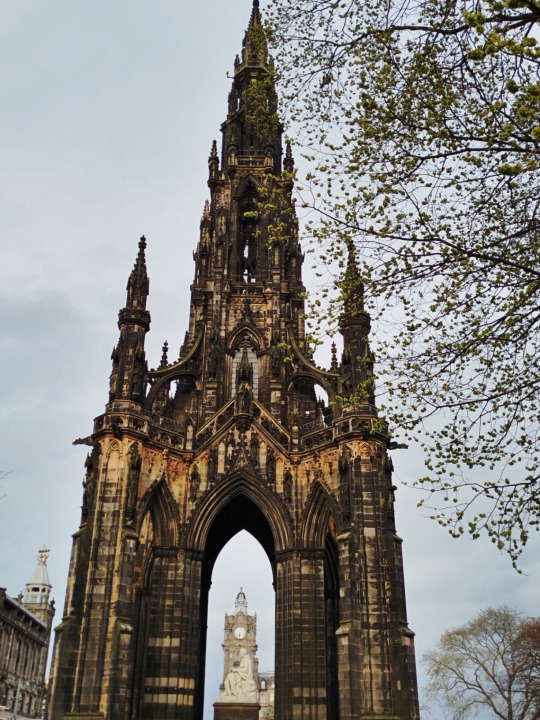
Walter at half past six
19 notes
·
View notes
Text


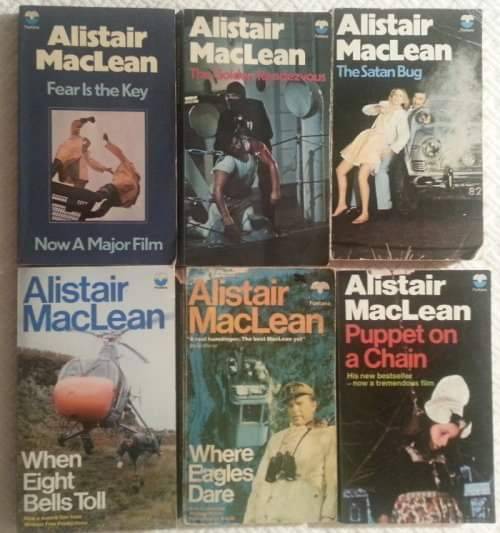

The novelist Alistair MacLean was born on April 21st, 1922, in Glasgow.
MacLean was originally named Alasdair MacGill-Eain in Scottish Gaelic. He was the son of a Scottish minister and a singer. His mother tongue was Scottish Gaelic, so he learned English as a second language, and was brought up in Daviot near Inverness.
In 1941, at the age of eighteen, he joined the Royal Navy; two and a half years spent aboard a cruiser were to give him the background for HMS Ulysses, his first novel, the outstanding documentary novel on the war at sea. After the war he gained an English Honours degree at Glasgow University, and became a schoolmaster, in 1983 the University honoured him with a D.Litt (Doctor of Letters).
Maclean is the author of twenty-nine world bestsellers and recognised as an outstanding writer in his own genre. He died at the age of 64 in Munich, Germany and is buried in Vieux Cemetery in Céligny, Switzerland. His grave is a few paces away from Richard Burton’s grave who starred in the film adaptation of his novel, Where Eagles Dare.
12 notes
·
View notes
Text
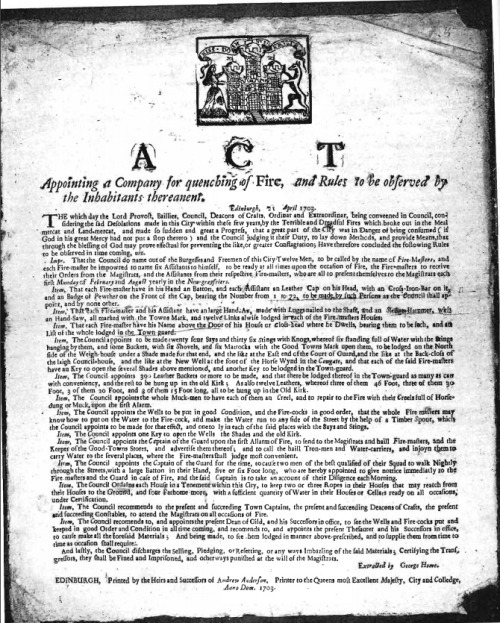
On April 21st 1703 a “Company for the Quenching of Fire” was formed in Edinburgh, the ancestor of the modern fire service.
The crowded tall tenements of Edinburgh’s Old Town had a long history of disastrous fires and fire prevention regulations were introduced as early as 1426. The first fire service was set up in 1703, 12 auxiliary firemasters were appointed , 300 leather buckets made, 12 ladders hung in the Old Kirk and creels full of horse dung or muck made available. Citizens were instructed to keep a supply of water and ropes in their homes and tenements.
Further services were set up by the insurance companies, but these ignored fires in buildings in which their companies had no financial interest. It was not until 1824 that a series of disastrous fires forced the city fathers to set up a professional and independent Brigade, the first in the United Kingdom, under the visionary leadership of James Braidwood.
15 notes
·
View notes